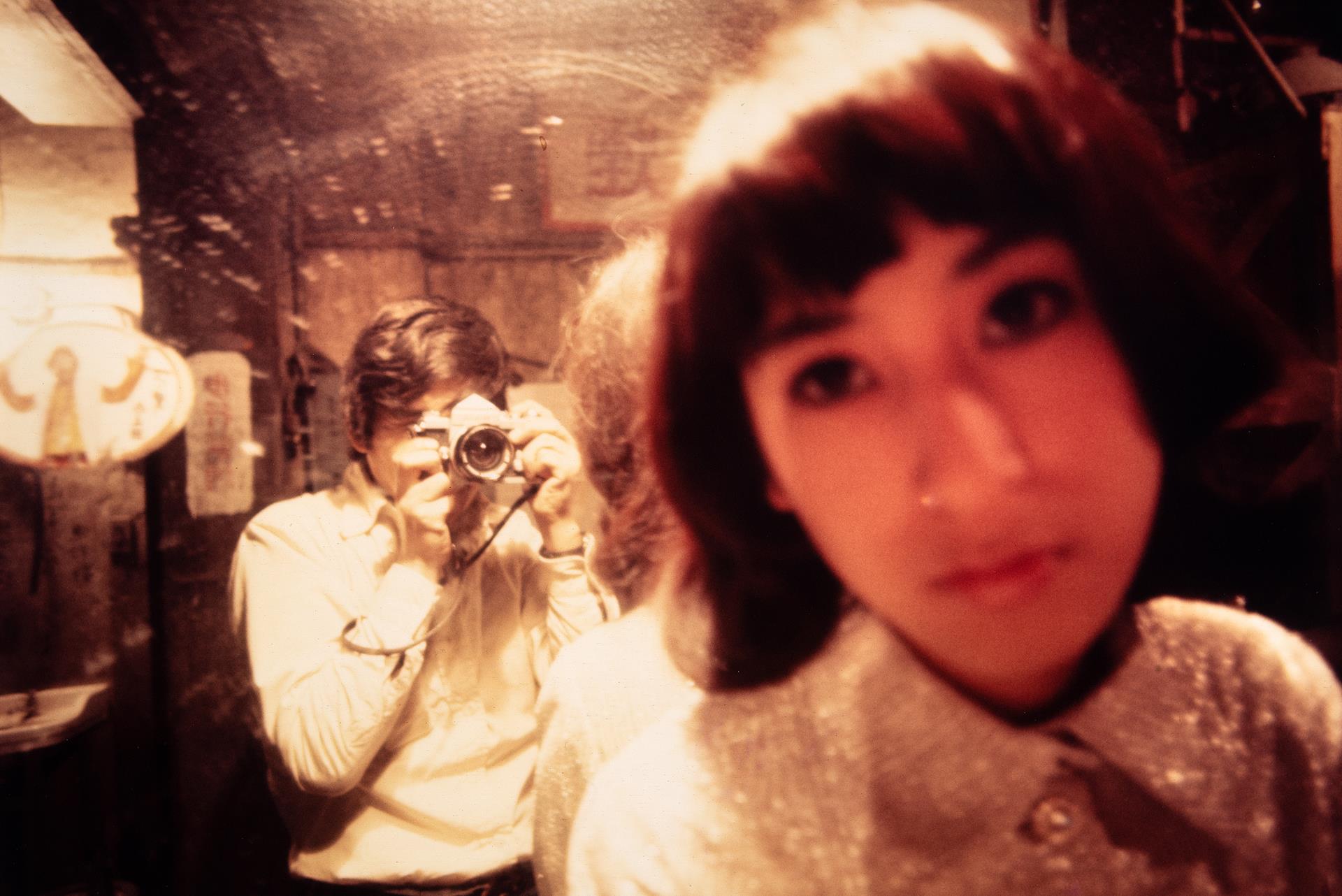Daido Moriyama is a radical and an innovator. When the Japanese photographer burst onto the scene in the mid-60s, the medium was still shackled by classical modes of documentary. From the outset, Daido said no to objectivity and yes to raw, unvarnished subjectivity. With his omnivorous eye, he made it his business to obsessively stalk Tokyo’s streets, in turn suggesting that all that could be grasped with any confidence was what came one’s way, no matter how prosaic or blurred. His debut work was a series of seamy shots of nightclub performers in Tokyo’s avant-garde theatres in the 60s. At a time when the molten forces of modernity and globalisation swept across the land, Daido depicted the entertainment district as a manifestation of the city’s desires — an urban sphere which had assumed the quality of a drama.
“Daido’s photography swirls at the base of Japanese people, bringing to light the state of an emotion that should be called a ‘tail’ or ‘stain’, like flies that insistently feast on a corpse,” wrote one Japanese critic in 1968. You feel this sentiment strongly when perusing his new career-spanning, Prestel-published A Retrospective (which was conceived by Instituto Moreira Salles, Brazil, and accompanies a current exhibition in Berlin that will soon tour to London, Vienna and Lausanne). Dark, raw and stripped-down, the book reads like a diary in motion, pulling together some of the most memorable (as well as rarest) achievements from his darkroom. After all, few artists of our time have articulated more powerfully the fact that, although photography is the language of light, the magic happens in darkness.
The bibliography at the back of the retrospective reminds us that Daido has always prized the photobook over the “original” print. He is an inveterate book-maker and still going strong with his legendary series Record (now in its 54th edition). Second to that, Daido takes great delight in silkscreening — a practice which highlights his deep interest in mechanical reproduction. It’s therefore fitting that his images have been reproduced on coffee mugs, skateboards, T-shirts and bars. Although Daido’s famous 1971 shot of a menacing stray dog is inseparable from the iconic nature of its photographer — himself an urban, alley-prowling rambler — what he has demonstrated so profoundly is the photograph’s open-endedness. Each comes alive when it filters through many eyes, in many forms.
Below, the godfather of Japanese street photography walks us through his seminal images.
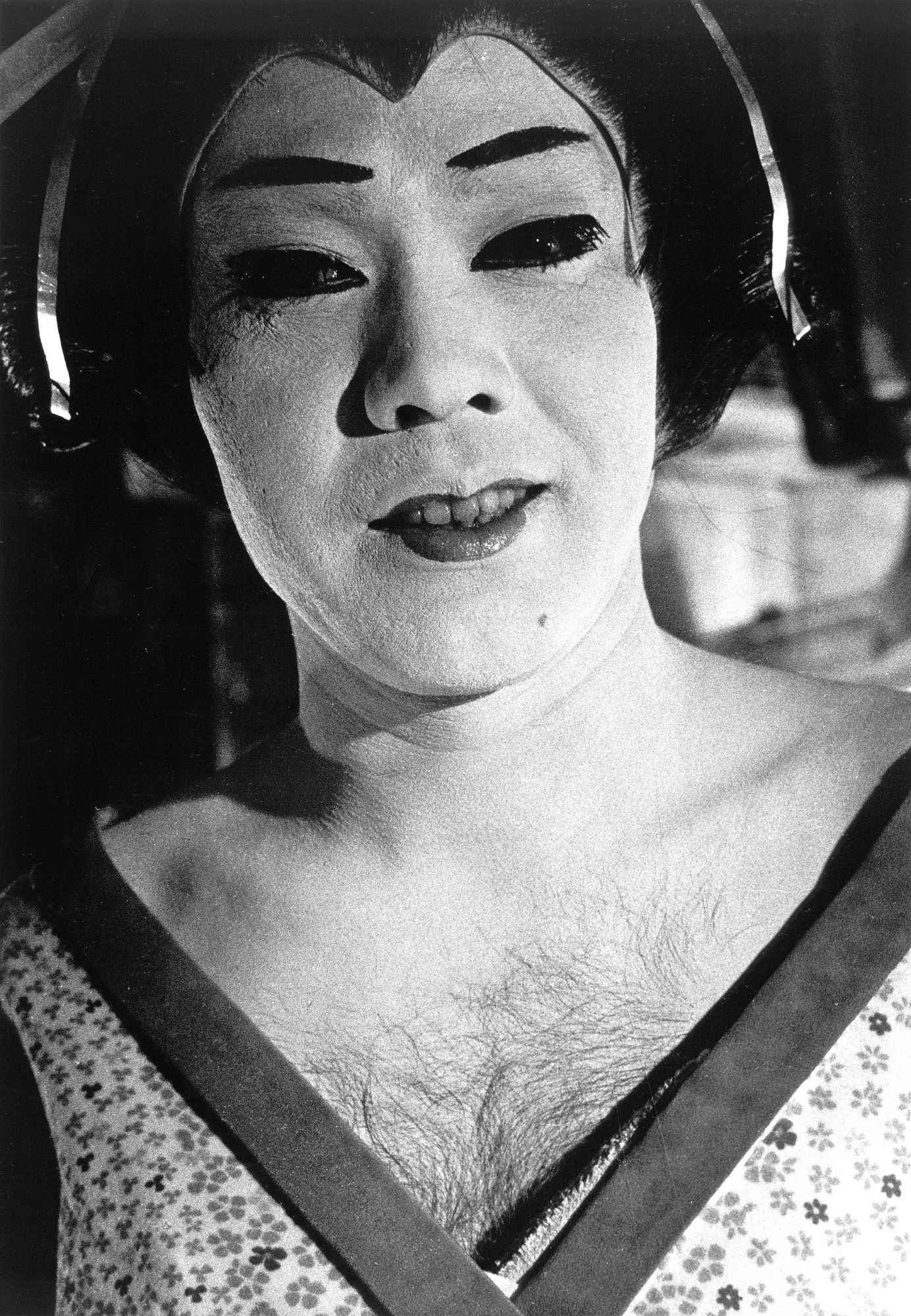
Tokyo, 1966
A famous poet, Shuji Terayama started taking me around the theatres of Tokyo. At first, I was not interested in such domestic cultures, but I gradually found myself enjoying the vibrant characters and atmospheres. Of course, cross-dressing has a long tradition in Japanese theatre.
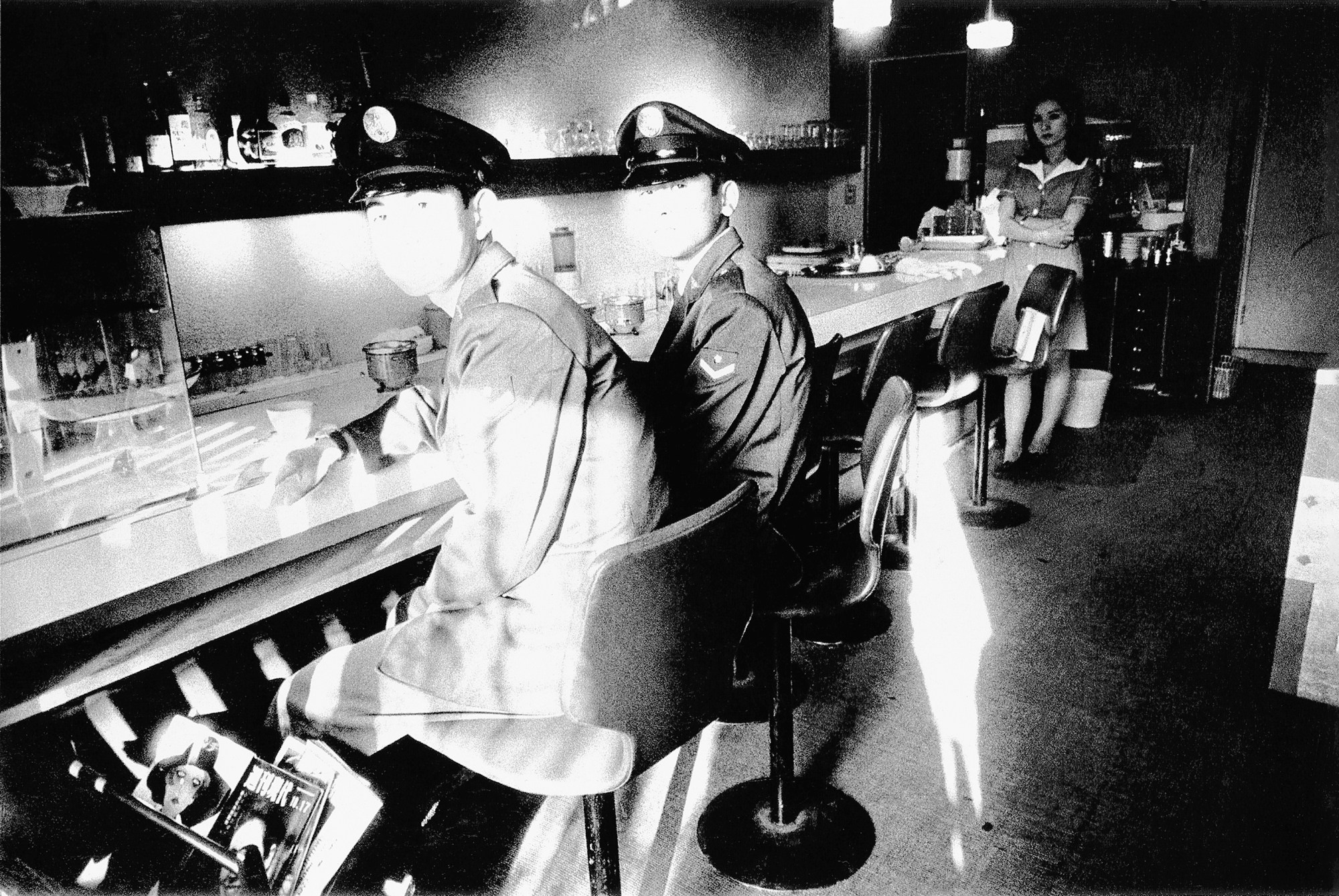
Shizuoka, 1968
In the late 60s, I read On the Road (1957) by Jack Kerouac. I was very inspired, so decided to travel around all of Japan in a car, often with editors, to cover some magazine stories. These are two marines I found in a bar.
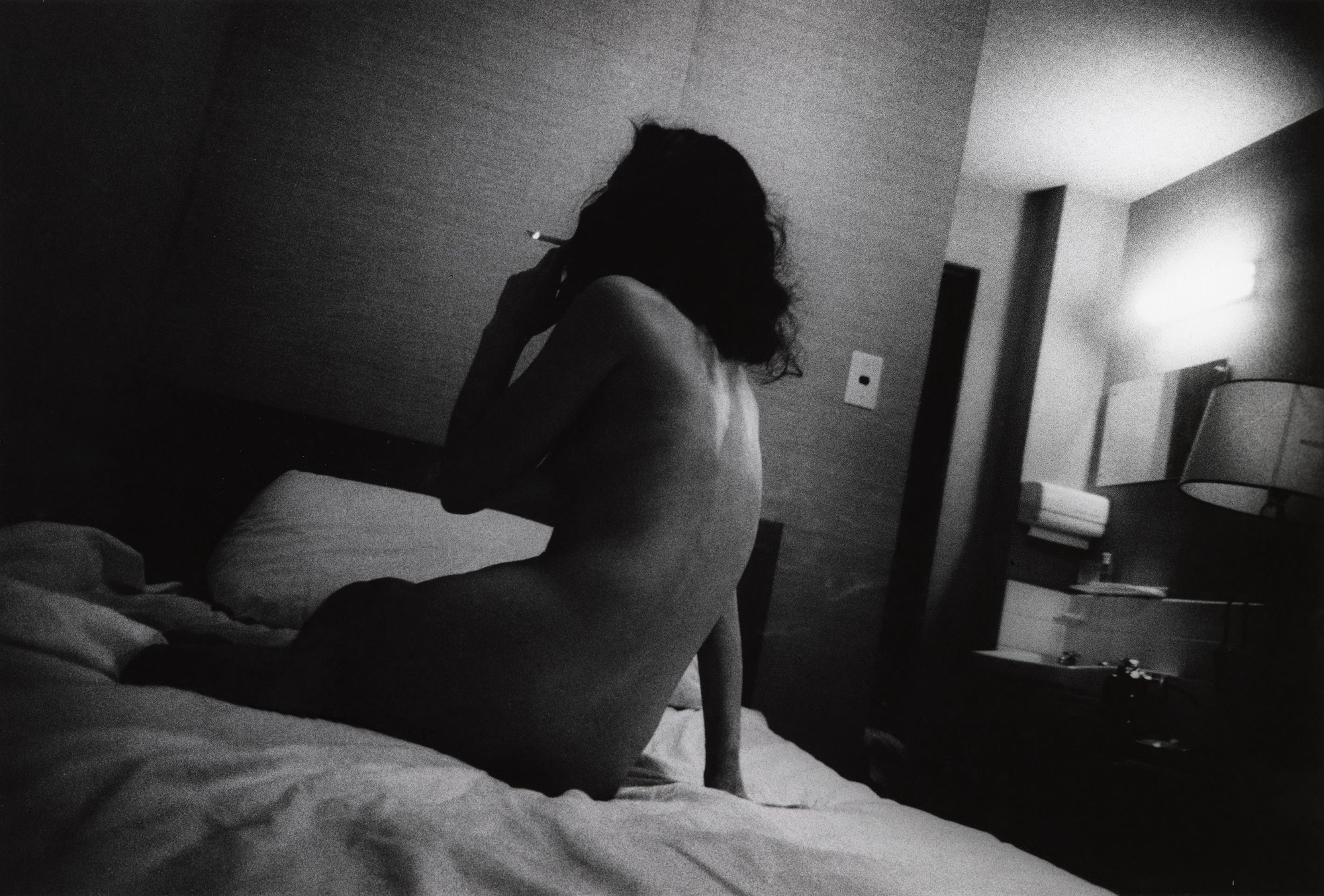
EROS, 1969
I took this photograph for the second issue of Provoke, for which the theme was “Eros”. I had the feeling that other members of the magazine might take symbolic photographs inspired by the word, so I took this direct shot.

Tokyo, 1969
This is a copy of a Tokyo Metropolitan Police poster I encountered in Shinjuku. When I take photographs, everything in front of me is equal. Photographs are copies. They copy the world before us and are subsequently printed over and over again in various media. Andy Warhol, who had the same perspective in his art, was a big influence in this respect.
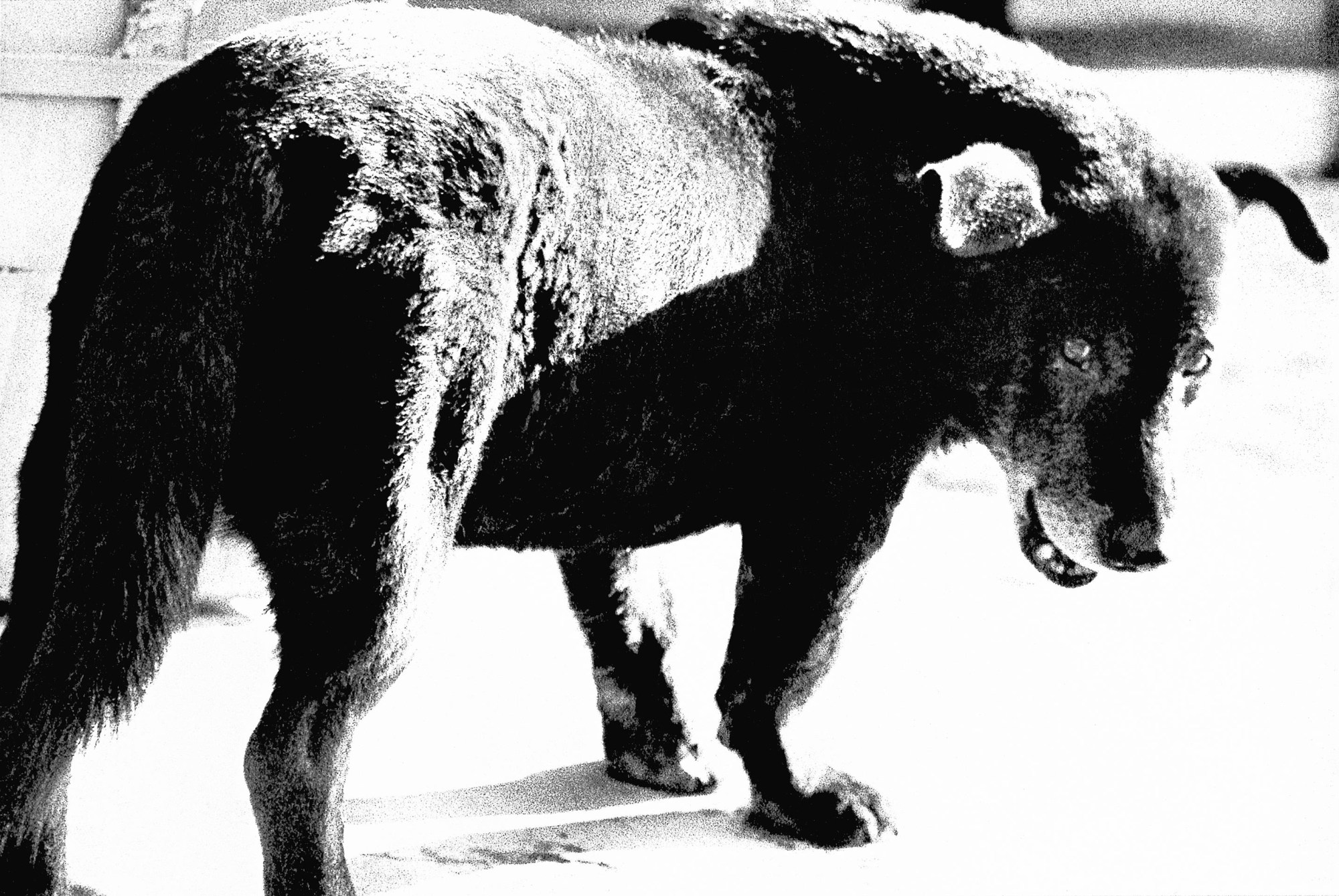
Stray Dog, 1971
Many people have traced myself on this street dog. I understand why they have done so, but I do not necessarily see it like that. There are many versions of this photograph, reversed, cropped and so on. This is something I have done in other photographs of mine.

New York, 1971
Everything was exciting in New York. The neon signs, the skyscrapers, the bustling crowds. William Klein is my hero in the same way that Andy Warhol is. His photobook NEW YORK (1956) not only inspired me to take street photographs, but also impressed upon me the importance of the freedom of expression in photography.
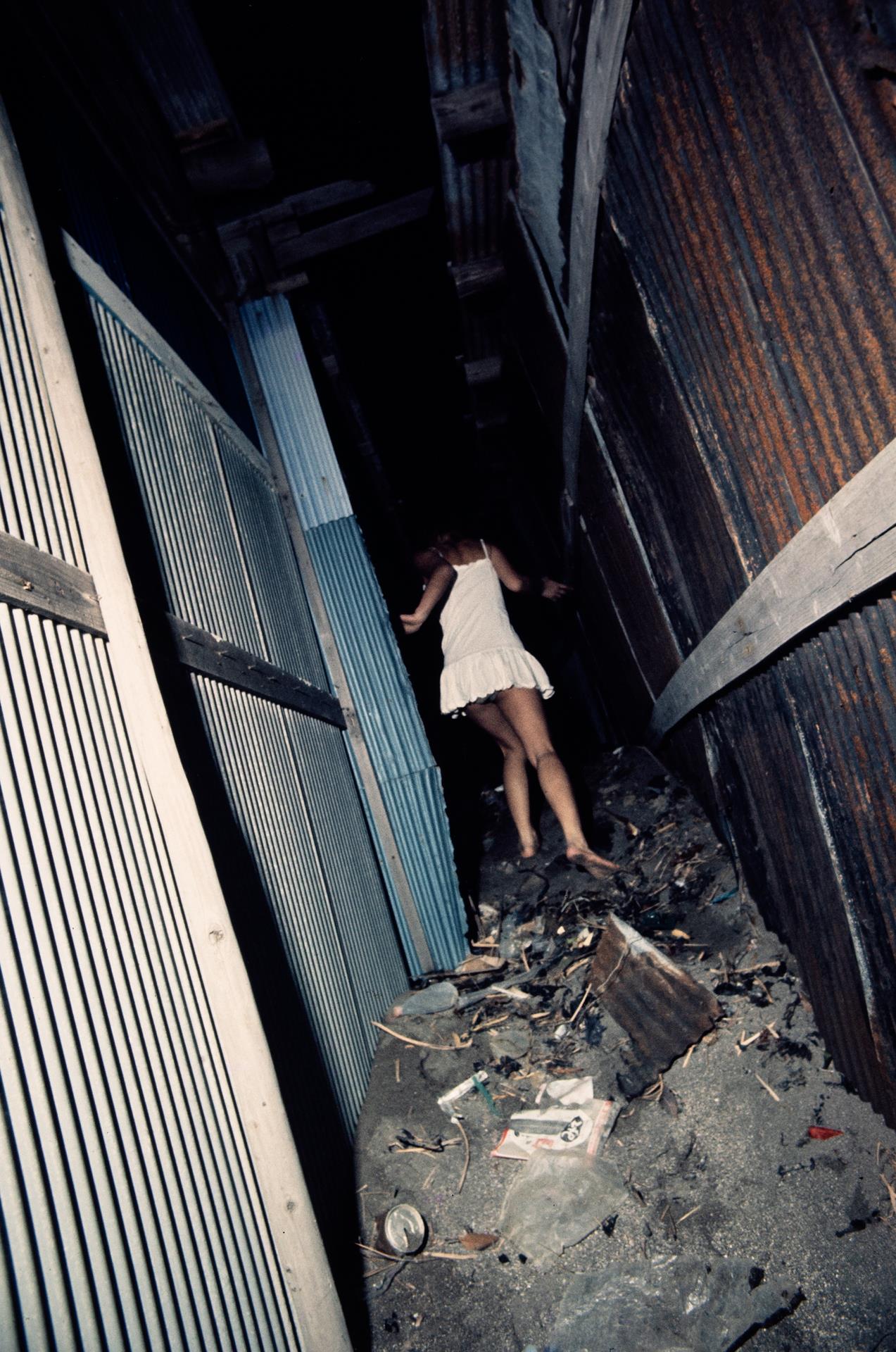
Yokosuka, 1970
When I was shooting in Yokosuka, I crossed paths with this woman running down an alley. I actually had two cameras with me. One was loaded with colour film, the other with black-and-white film. Spontaneously, I took aim with my two cameras, hence why there are two versions of this image. Before this period, colour film was very expensive and I could not afford it.
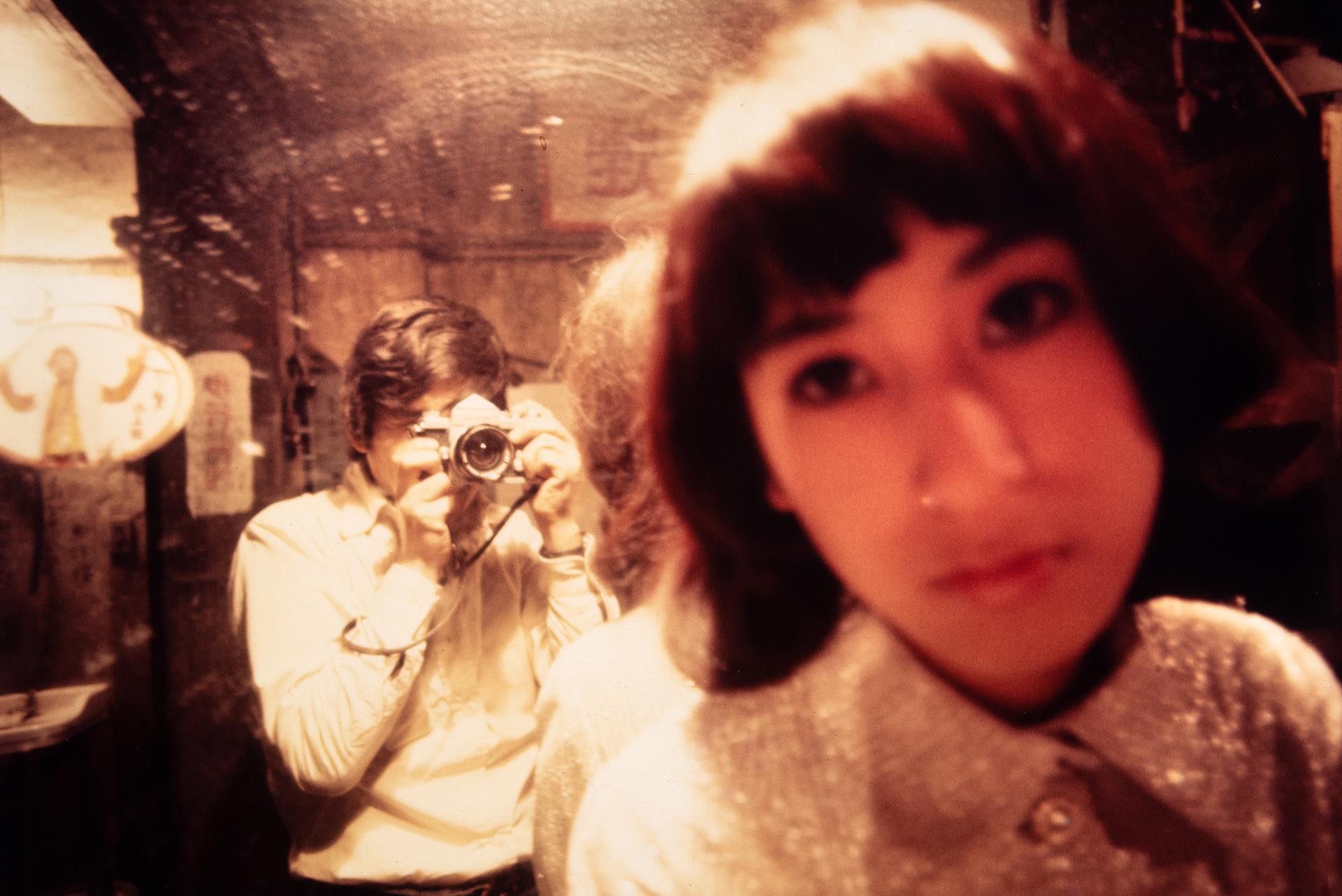
Tokyo, 1971
This woman was a singer in Tokyo. I suppose I intentionally incorporated myself into the shot. However, I do not care that much whether I am in the photograph or not. I just take pictures of whatever I find in front of me.
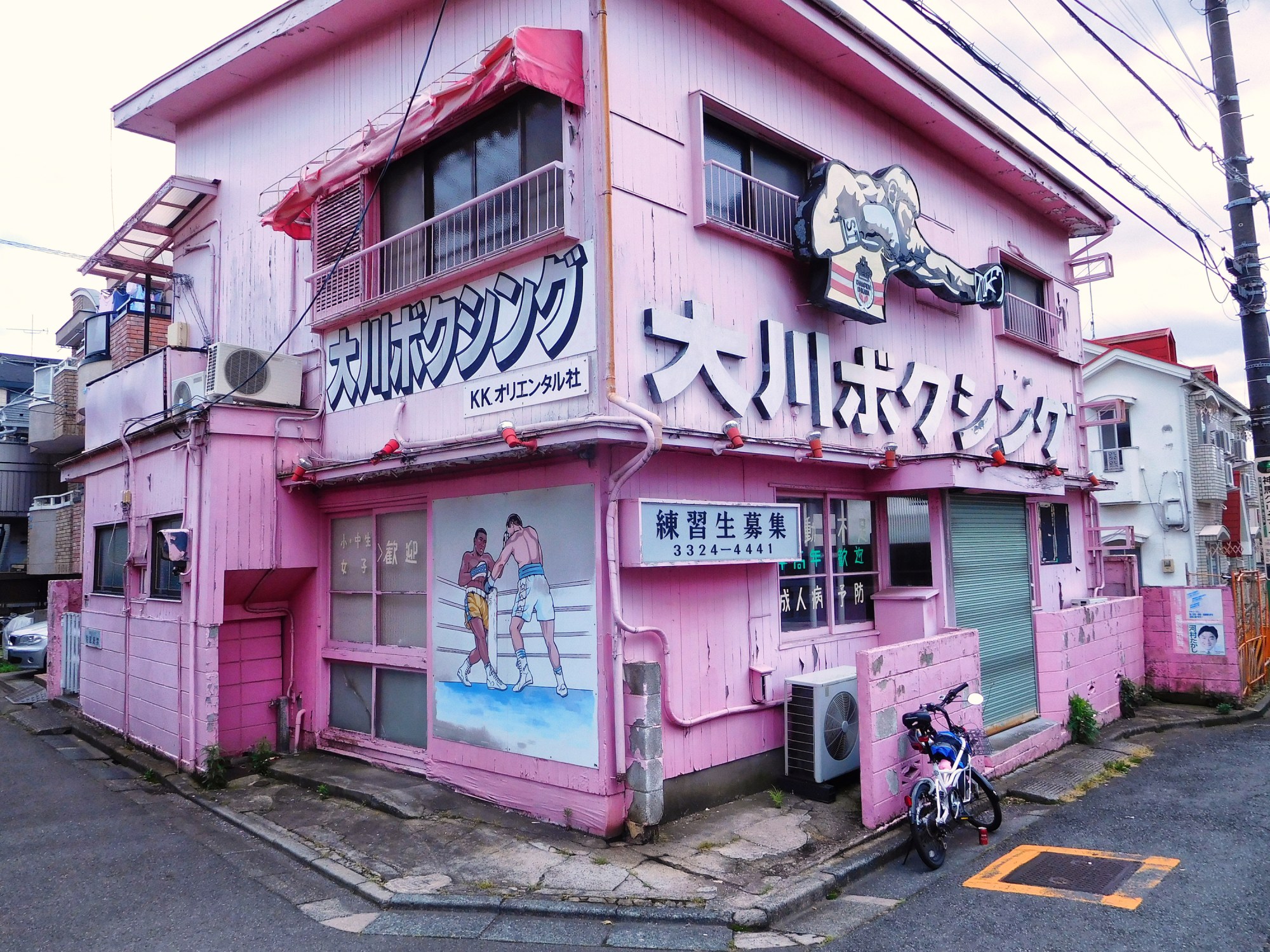
Tokyo, 2017
Tokyo contains everything I like. It is a stadium of desire. Of course, there have been many things which have changed on the surface of the city, but I believe, in a fundamental sense, it is still the same. And so, I believe it always will be.
‘Daido Moriyama: A Retrospective‘ is published by Prestel.
Credits
All images courtesy of Prestel and Daido Moriyama Photo Foundation.
